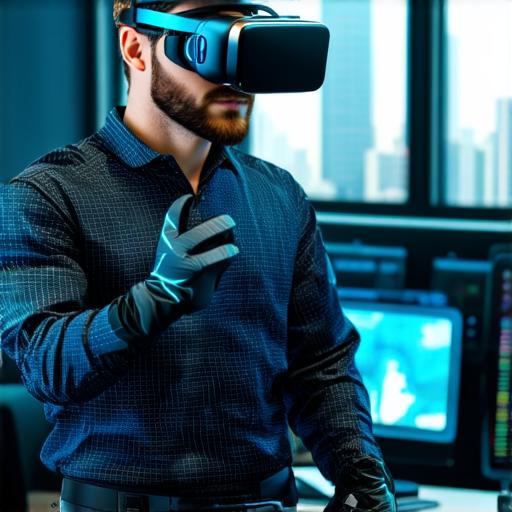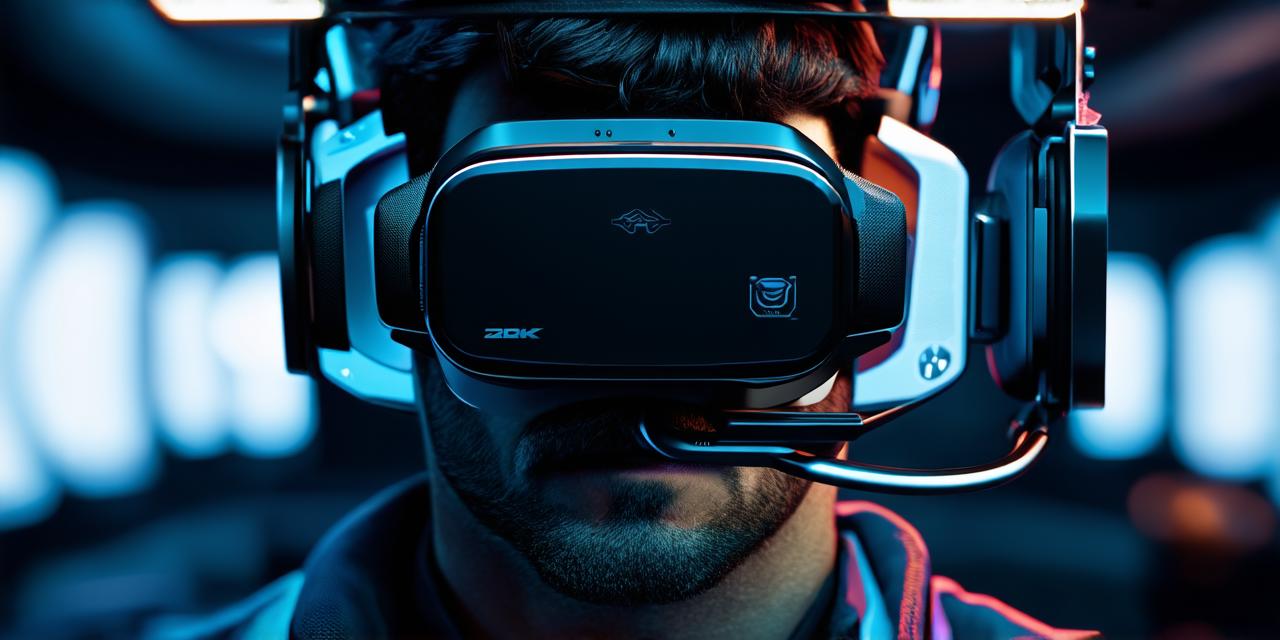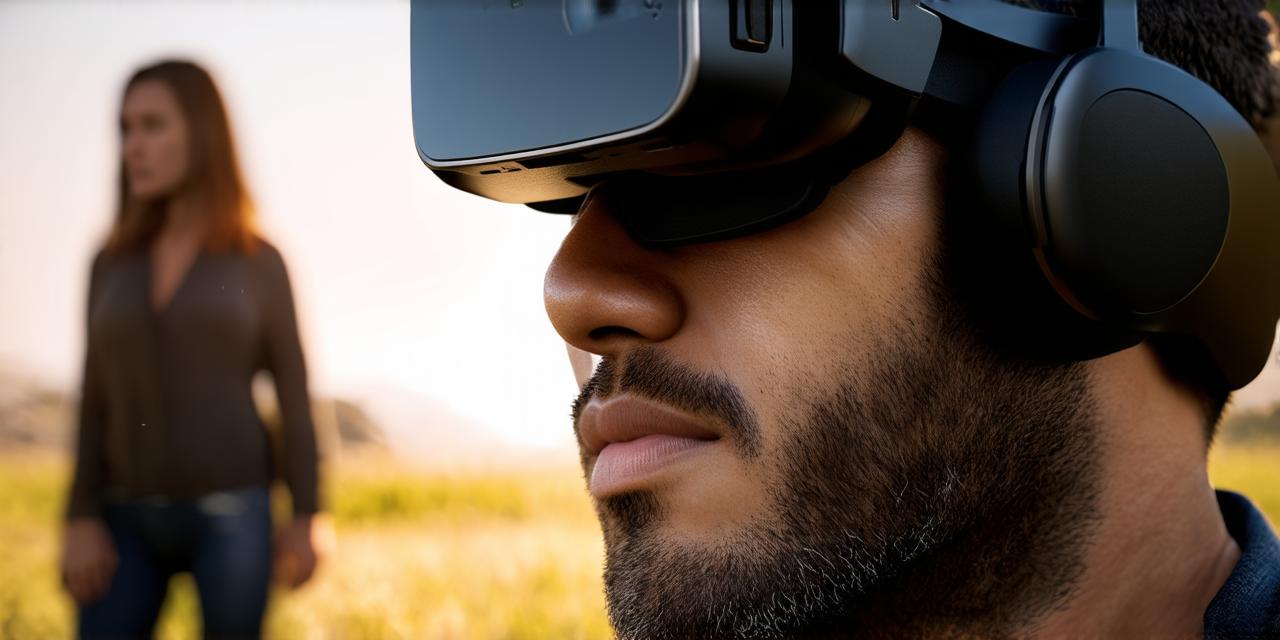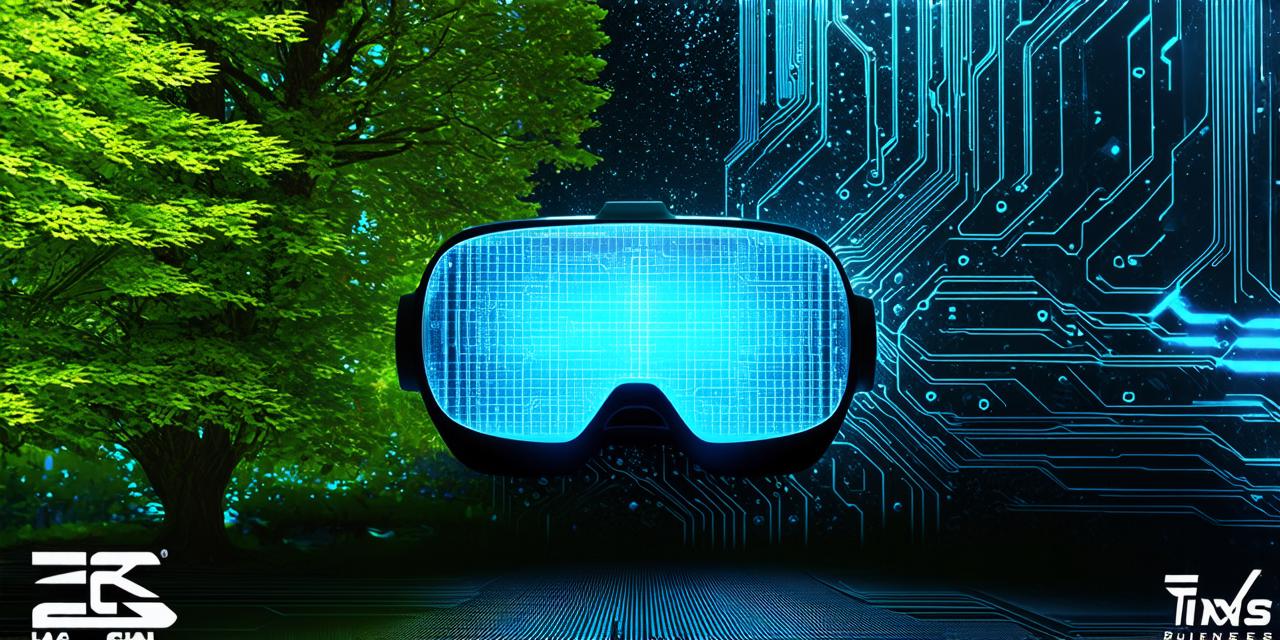Limit 1: Real-life physical limitations
One of the main limits of virtual reality is the physical limitations of the real world. Despite being able to create a completely immersive experience, VR cannot replicate the laws of physics that govern our everyday lives. For example, you can’t walk through walls or fly in VR. Even if you could, the resulting sensory overload would likely make it an unpleasant experience.
Limit 2: Real-life safety concerns
While VR can be a fun and engaging experience, it also presents some safety concerns. For example, tripping and falling in real life while wearing VR headsets can lead to serious injuries. Additionally, there are risks associated with prolonged use of VR, such as eye strain, motion sickness, and even seizures.
Limit 3: Limitations of technology
The technology behind VR is constantly evolving, but there are still some limitations that we cannot overcome yet. For example, the graphics quality in VR can sometimes be limited due to the processing power required to render a fully immersive experience. Additionally, current VR headsets have limited fields of view, which means that users may miss important details if they look away from the center of the screen.
Limit 4: Social interaction
While VR allows for virtual social interaction, it is still limited by the fact that we are physically isolated from each other in real life. This can make it difficult to build meaningful relationships or engage in spontaneous conversations with others. Additionally, the lack of nonverbal cues in VR can make it harder to read people’s emotions or intentions.
Limit 5: Emotional and psychological limitations
Despite its potential, virtual reality cannot replicate the full range of human emotions and experiences. While VR can simulate certain situations and environments, it cannot capture the nuances and complexities of real-life emotional experiences. Additionally, some people may find it difficult to fully engage with a virtual environment or may become disconnected from their real-life surroundings.

Limit 6: Real-life limitations of tasks
While VR can simulate a wide range of environments and situations, there are still certain tasks that cannot be replicated in a virtual world. For example, performing complex surgeries in VR may not be possible due to the lack of tactile feedback and the difficulty in replicating the exact movements required for such procedures. Similarly, activities that require real-time decision-making or physical coordination, such as sports or combat training, may not translate well in VR.
Limit 7: Limited accessibility
Virtual reality can be an expensive technology, which can limit its accessibility to certain individuals or communities. Additionally, some people may not be physically able to use VR due to age, health conditions, or disabilities. Furthermore, the lack of diversity in VR content and experiences can also limit its appeal to a wider range of people.
Limit 8: Lack of personalization
While VR offers a high degree of customization, there are still limits to how much we can personalize our virtual experiences. For example, it may not be possible to replicate the exact lighting or texture of a real-world environment in VR, which can limit the sense of immersion and realism. Additionally, some people may prefer certain types of virtual environments or activities that are not available in VR.
Limit 9: Ethical concerns
Virtual reality has the potential to be used for both positive and negative purposes. For example, it can be used for therapy or education, but it can also be used for propaganda or manipulation. Additionally, there are concerns about privacy and data security when using VR technology, as well as the potential for addiction and dependency on virtual experiences.
Limit 10: Environmental impact
Virtual reality requires significant computing power and resources, which can have a negative impact on the environment. Additionally, the production of VR equipment can contribute to electronic waste and pollution. As with any new technology, it is important to consider the environmental impact of VR and take steps to mitigate these effects.
In conclusion, while virtual reality is an exciting and rapidly growing technology, there are still some limits to what we can and cannot do in VR. By understanding these limitations, we can better appreciate the potential of VR and use it in ways that are safe, ethical, and environmentally sustainable. As AR developers, it is important to stay aware of these limitations and strive to push the boundaries of what is possible in VR while also being mindful of its impact on society and the environment.




